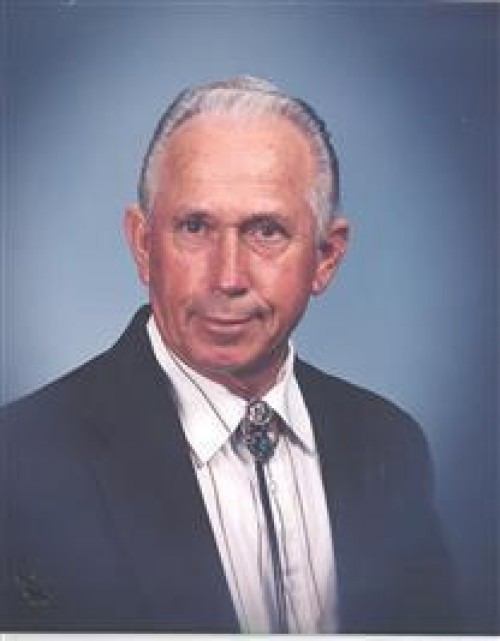
William Clark Sr.
June 29, 2010
Senator baffled by Obama’s view on La. oil
July 1, 2010With the oil spill closing many of Lafourche Parish’s beaches, travelers may consider writing off the Tri-parish area this summer.
Not so fast, the Lafourche Parish Tourist Commission urges.
Lafourche is no banana republic; visitors have plenty of options aside from fishing.
The Jean Lafitte National Park Wetlands Acadian Center, for instance, with its extensive exhibits and artifacts, tells the story of the Acadians, who first settled along the bayous and the wetland swamps of southeastern Louisiana. Their history, language, music and architecture are interpreted as well as everyday life among the Acadians of the region – then and now.
Visit on Monday evenings and you can catch a musical Cajun Jam Session. Area musicians and dancers sit in for the impromptu sessions. Aspiring Cajuns are welcomed.
The cultural center is located at 314 St. Mary St. in Thibodaux, along the banks of Bayou Lafourche.
South Louisiana is known for its plantations, and Lafourche Parish has its share.
Laurel Valley Plantation, for instance, originally owned by Etienne Boudreaux in the 1700s, is one of the South’s largest-surviving sugar plantations still standing. The property has since been bought and sold several times. A few of the plantation outbuildings, including a late 19th century Acadian-style overseer’s house and tenant shotgun cabins from the early 20th century, are still visible.
In its heyday, Boudreaux’s village included over 105 structures – among them a schoolhouse, sugar mills, store and blacksmith shop as well as slave homes and outhouses. Union soldiers burned down the main plantation house, and only the shell of the crumbling sugar mill remain.
Guests can still visit the general store Tuesday through Sunday, where they’ll find local arts and crafts as a tribute to a way of life of the early settlers along Bayou Lafourche. The store is open Tuesday through Friday from 10 a.m. to 4 p.m. and 11 a.m. to 5 p.m. on weekends.
Also on the grounds is the traditional boat building, where local boat builders demonstrate their workmanship. Call (985) 447-5216 to learn more.
Two famed plantations – Oak Alley and Laura – both situated on La. Highway 18 north of Thibodaux, offer visitors a glimpse into yesteryear as well.
A quarter-mile at sheltering oak trees pave the way to Oak Alley, which is over 250 years old. Meanwhile, Laura Plantation is a Creole plantation, recognizable as the American home of Br’er Rabbit. With 12 historic buildings – including two manor houses, slave quarters and Creole cottages – Laura Plantation is one of the oldest and largest plantation complexes on River Road today.
Back in Thibodaux, travelers can tour the Edward Douglas White Historic Site, which includes exhibits about the life and accomplishments of Gov. E.D. White and U.S. Chief Justice E.D. White II. Likewise, tours are available through the St. Joseph Co-Cathedral and St. John’s Episcopal churches. The first is Renaissance Romanesque in design with several features reflecting the architectural design common to churches in Paris and Rome. Its Rose Window over the main entrance is modeled after that of the Cathedral of Notre Dame in Paris. The latter, St. John’s, is one of the few examples of Georgian church architecture left in America.
And at St. Mary’s Nativity Church Cemetery, situated along La. Highway 1, the first casualty of World War II is entombed.
Don’t discount Lafourche’s waterways. Bayou Lafourche, known locally as “the longest Main Street in the world,” and many of the parish’s smaller tributaries are untouched by oil and can be toured via one of the region’s many swamp or boat tours. Call the Lafourche Parish Tourist Commission at (985) 537-5800 or, toll-free, (877) 537-5800, or visit the Visitor’s Information Center at 4484 La. Highway 1 and U.S. Highway 90 in Raceland.




